Taste the World: A Spicy Journey Through Mexican Cuisine
Table of Contents
Introduction to Global Spice Traditions
Spices have been at the heart of human culture for thousands of years. From the bustling markets of India to the vibrant kitchens of Mexico, spices define not just flavor but identity, tradition, and even history. As we explore global spice traditions, one country that stands out is Mexico—where bold flavors, rich aromas, and a deep connection to heritage come together in every dish.
Whether you're an amateur enthusiast or a seasoned foodie, understanding the role of spices in Mexican cuisine can elevate your cooking and open up a world of culinary possibilities. In this article, we’ll dive into the food from Mexico list, uncover the most iconic dishes, and share practical tips for incorporating these flavors into your own kitchen.
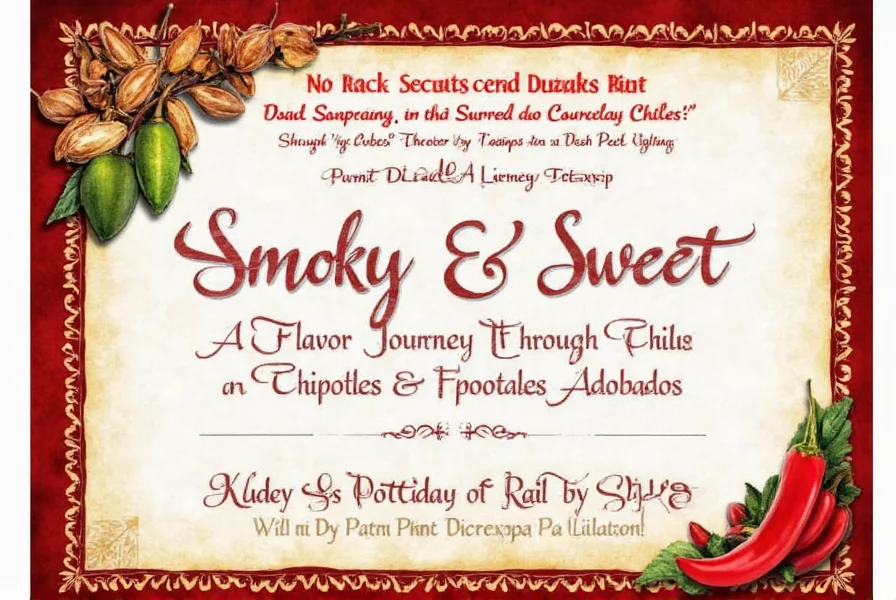
Food from Mexico List: A Spicy Exploration
When it comes to Mexican food, the variety is as vast as the country itself. Each region has its own specialties, but there are certain staples that are loved across the board. Here's a quick list of must-try Mexican dishes:
- Tacos al pastor – Marinated pork cooked on a vertical spit and served in warm tortillas.
- Mole poblano – A complex sauce made with chili, chocolate, and spices.
- Pozole – A hearty soup with pork, hominy, and a variety of toppings.
- Chiles en nogada – Stuffed peppers with a creamy walnut sauce and pomegranate seeds.
- Enchiladas – Tortillas rolled with meat or cheese and covered in chili sauce.
- Guacamole – Fresh avocado dip with lime, onion, and cilantro.
- Ceviche – Raw fish cured in citrus juice and spiced with chili.
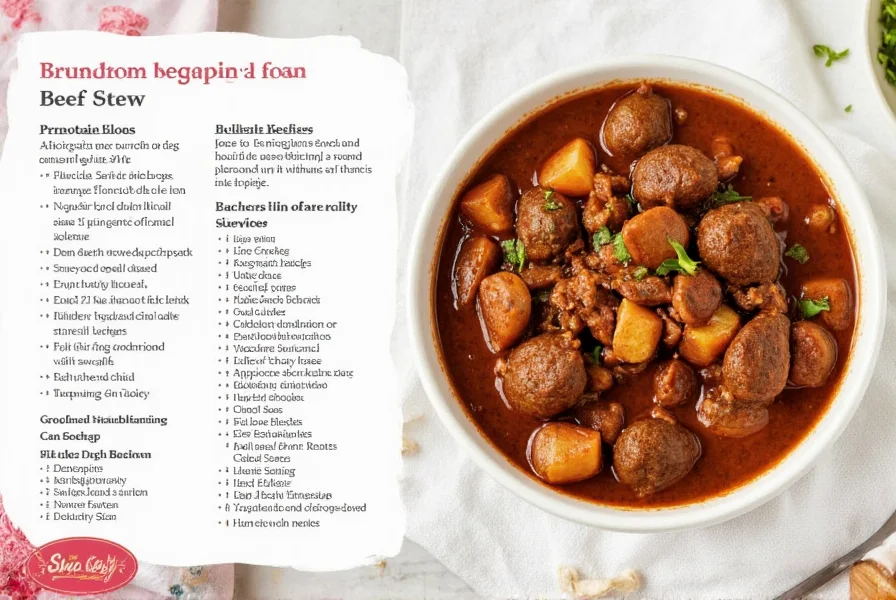
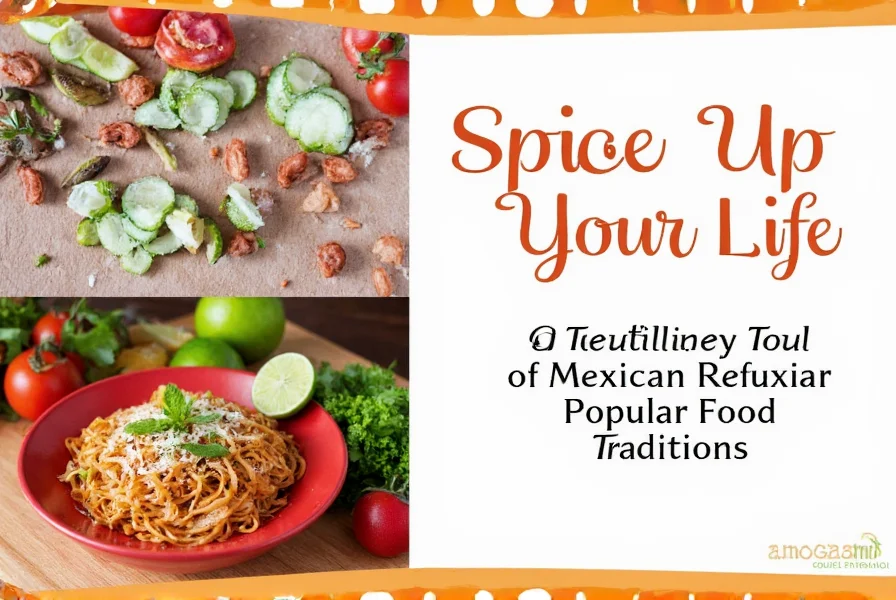
Spice Profiles and Flavor Combinations
Mexican cuisine is known for its bold use of spices. While some may think of it as simply spicy, the reality is much more nuanced. Let’s take a closer look at the key spices used in Mexican cooking and how they work together:
| Spice | Flavor Profile | Common Dishes |
|---|---|---|
| Chipotle | Smoky, slightly sweet, and mildly spicy | Chipotle in adobo, carnitas, grilled meats |
| Ancho | Earthy, sweet, and mild | Mole, enchiladas, stews |
| Poblano | Earthy, slightly sweet, and medium heat | Chiles rellenos, salsas, soups |
| Jalapeño | Crisp, tangy, and moderately spicy | Guacamole, salsa, tacos |
| Guajillo | Winey, fruity, and medium hot | Chiles en nogada, salsas, stews |
These spices don’t just add heat—they bring depth and complexity. For example, mole uses a blend of chilies, cacao, and nuts to create a rich, layered sauce that’s both sweet and savory. Meanwhile, guacamole relies on fresh ingredients like lime, onion, and cilantro to balance the richness of the avocado.
Practical Tips for Cooking with Mexican Spices
If you're new to cooking with Mexican spices, here are some tips to help you get started:
- Start with fresh ingredients: Fresh herbs like cilantro and epazote go a long way in adding authentic flavor.
- Use chili powders wisely: Different types of chili powders (like ancho, chipotle, or guajillo) have different heat levels and flavors, so choose based on what you're making.
- Toast your spices: Toasting whole spices like cumin or coriander before grinding them enhances their aroma and taste.
- Balance the heat: If a dish is too spicy, add a bit of sugar, yogurt, or sour cream to tone it down.
- Experiment with combinations: Try blending different chilies or using spices like oregano, garlic, and onions to build layers of flavor.
Remember, the goal isn't just to make things spicy—it's to create a harmonious balance of flavors that reflect the essence of Mexican cuisine.
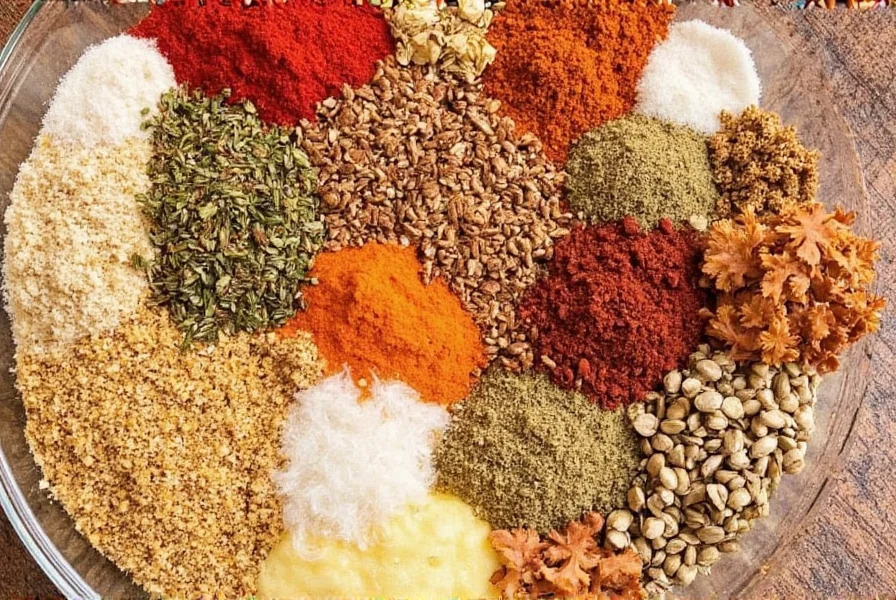
Buying Guide for Mexican Spices and Ingredients
When shopping for Mexican spices and ingredients, it's important to know what to look for. Here’s a guide to help you choose the right products:
1. Chili Powders
Features: Made from dried chilies, often blended with other seasonings.
Advantages: Versatile for salsas, stews, and marinades.
Use Cases: Tacos, enchiladas, soups.
Target Audience: Home cooks and food enthusiasts.
Suitable Occasions: Weeknight dinners, family gatherings, holiday meals.
2. Cumin
Features: Earthy, nutty, and slightly smoky.
Advantages: Adds depth to many traditional recipes.
Use Cases: Bean dishes, grilled meats, rice.
Target Audience: Those who enjoy classic Mexican flavors.
Suitable Occasions: Everyday meals, potlucks, casual dinners.
3. Oregano
Features: Strong, aromatic, and slightly bitter.
Advantages: Enhances the flavor of salsas, sauces, and beans.
Use Cases: Salsa verde, tomato-based sauces, refried beans.
Target Audience: Cooks looking to replicate authentic recipes.
Suitable Occasions: Dinner parties, family meals, taco nights.
4. Guajillo Chilies
Features: Deep red, slightly sweet, and medium-hot.
Advantages: Ideal for making sauces and stews.
Use Cases: Mole, chiles en nogada, salsas.
Target Audience: Advanced cooks and those interested in traditional cooking.
Suitable Occasions: Special occasions, holiday feasts, gourmet cooking.
5. Epazote
Features: Strong, herbal, and slightly bitter.
Advantages: Adds unique flavor to bean dishes and soups.
Use Cases: Pinto beans, pozole, tamales.
Target Audience: Those who want to enhance traditional dishes.
Suitable Occasions: Family dinners, cultural celebrations, home cooking.
When buying these ingredients, look for high-quality products that are fresh and free from additives. Many specialty stores and online retailers offer authentic Mexican spices and ingredients that can bring the true flavors of the country into your kitchen.
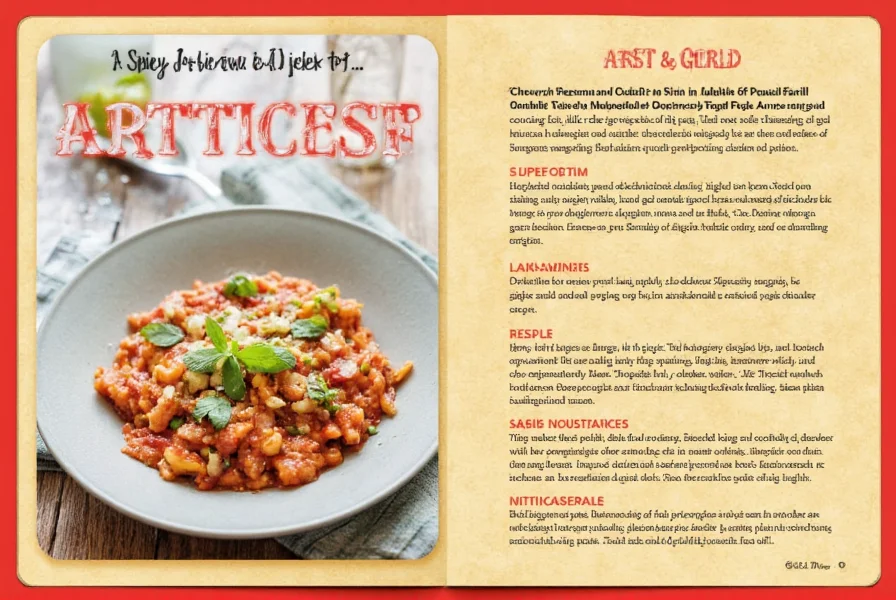
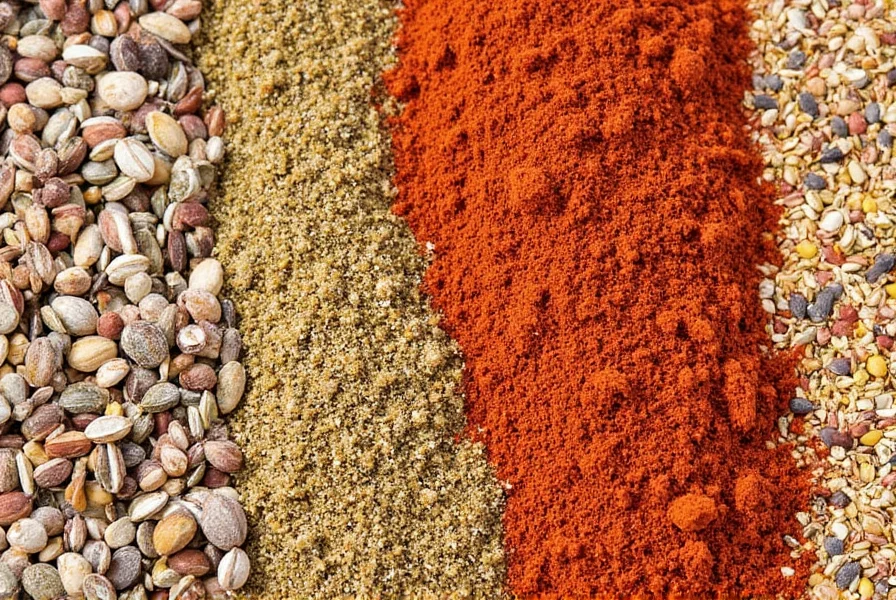
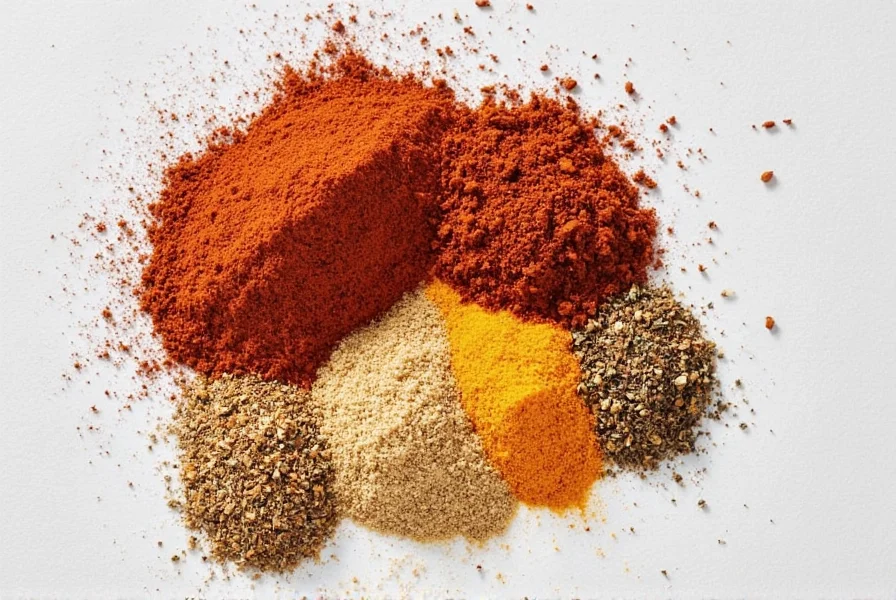

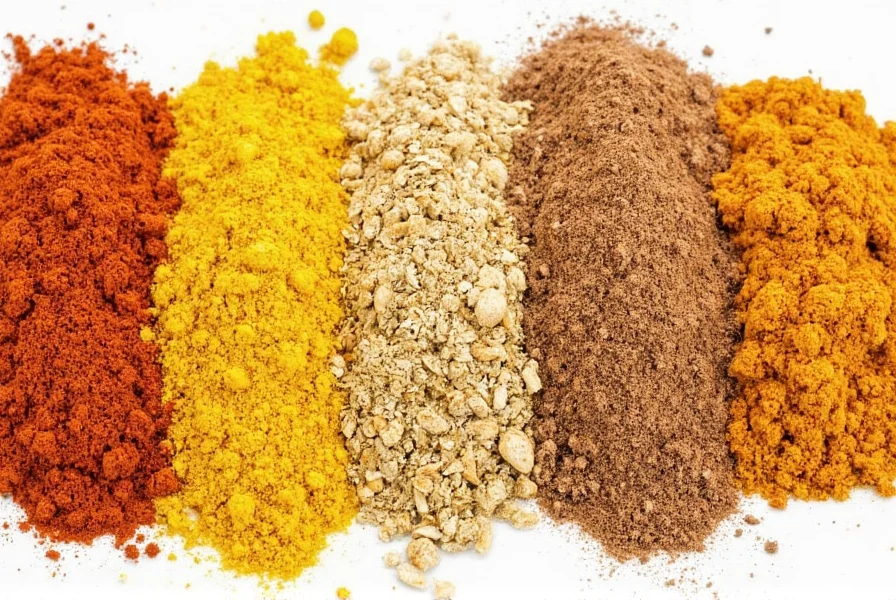
Conclusion
Mexican cuisine is a vibrant expression of culture, history, and flavor. By exploring the food from Mexico list, you're not only discovering delicious dishes—you're also connecting with a rich culinary tradition that has shaped the world of food for centuries.
Whether you're experimenting with new spices, trying out classic recipes, or simply enjoying the bold flavors of Mexican food, there's something for everyone. With the right tools, knowledge, and a little bit of courage, you can bring the taste of Mexico into your own kitchen and share it with others.
So grab a plate of tacos, a bowl of pozole, or a glass of horchata, and let the journey continue. After all, the best part of food is sharing it with others—and maybe even learning a few new tricks along the way.










 浙公网安备
33010002000092号
浙公网安备
33010002000092号 浙B2-20120091-4
浙B2-20120091-4